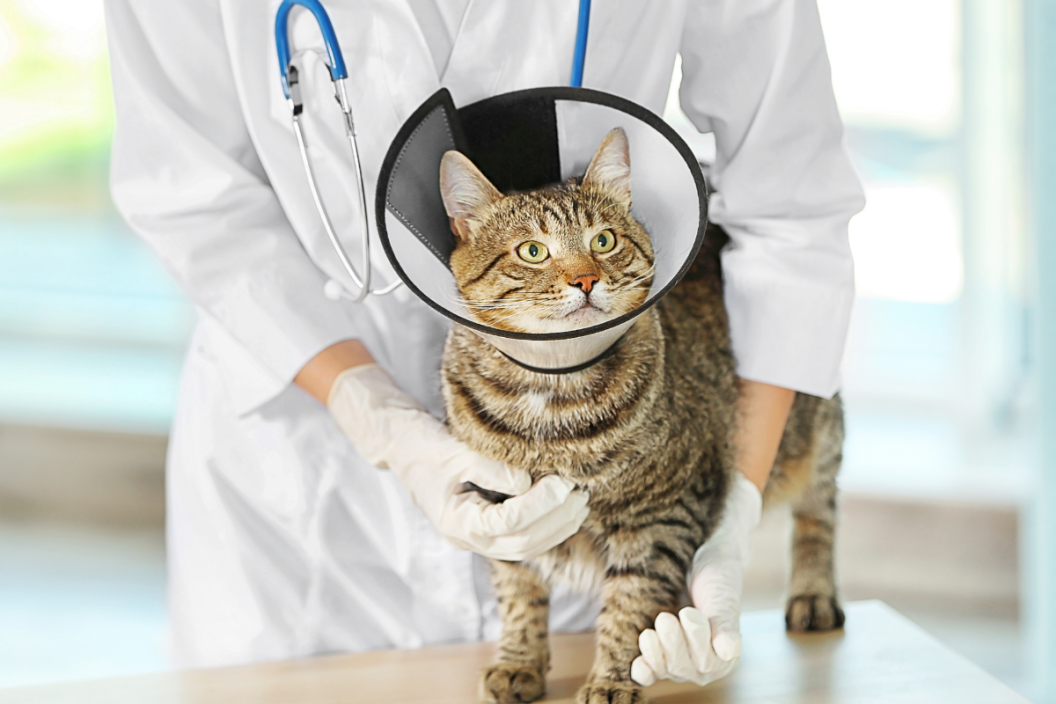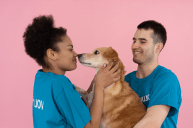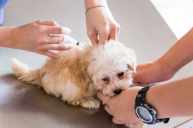Getting your pet fixed is the responsible thing to do as a pet owner. In preparation, however, your pet will need before and after spay and neuter care.
If you adopt a dog, cat, or rabbit from your local shelter, they typically will have their spay/neuter surgery completed, either before adoption or the shelter will help set up surgery dates for you. If their surgery may not yet be completed, or it was completed a couple of days before adoption, you'll need to be prepared for post-operative care on top of adjusting your pet to their new home. If you get your dog from a breeder, the responsibility of getting them fixed rests completely on your shoulders. Many clinics offer low-cost spay and neuter programs and will give you some spay and neuter care guidance before and after your pet's surgery. But, what is the best way to prep your pet for their surgery?
Pre-Surgery Preparation
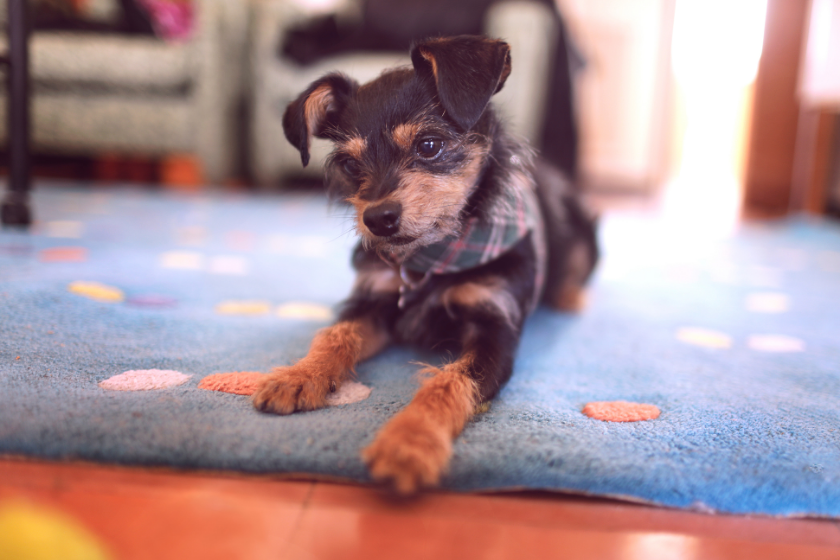
Before your dog or cat goes in for spay or neuter services, make sure they are up to date on all of their vaccinations, especially their parvovirus vaccine for dogs, and feline distemper vaccine for kittens. You do not want your pup or cat to pick up either of those diseases. Some states also require the rabies vaccination to be current, so check with your vet before your appointment.
If your pet is over five months, they should have a little bit of food in the morning before they go in for surgery, but not a full serving. Pets older than five months can eat about a quarter of their normal food, while pets under five months can have about half — Be sure to double-check with the clinic on a recommended meal size based on your pet's age and weight. In addition, your pet is allowed to continue drinking water throughout the day.
Also, keep your cat or dog inside the house leading up to the surgery so they do not eat anything they shouldn't before their procedure. Depending on your veterinary facility, your pet may be kept overnight and released to you the following morning, or you may be able to pick them up that afternoon.
The surgery itself is pretty straightforward and minimally invasive. In female dogs and cats, an incision is made on their abdomens, and their ovaries and uterus are removed. Neutered males have their testes removed only. Many facilities will give your pet a green or blue tattoo that signifies that they have been altered if another veterinarian examines them.
Post-Operative Instructions & Aftercare
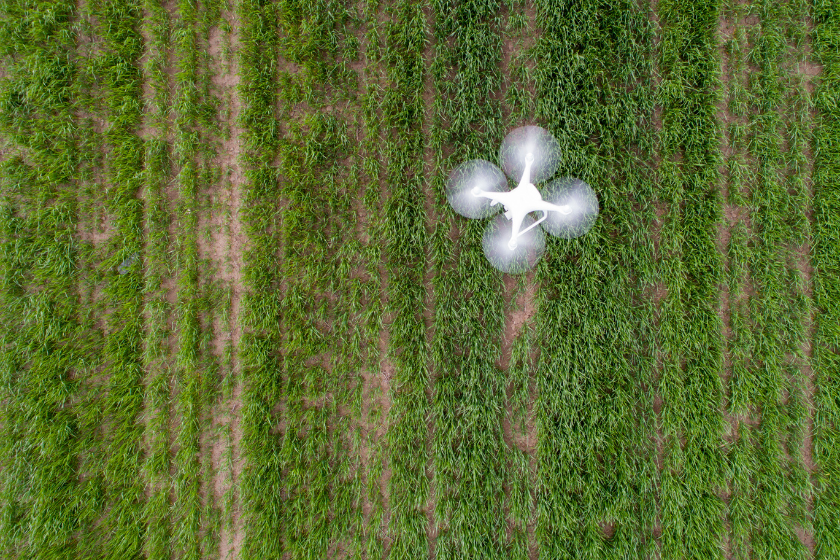
When your cat or dog comes home from getting spayed or neutered, they will likely be a little out of sorts and pretty sleepy, thanks to a mix of anesthesia and pain medication. There are a few things you can do to keep them comfortable and on the right track to recovery after their operation.
One thing that keeps your furry friend comfy is making sure they have a place they can go for some rest where there is not a lot of noise or disruptions. Also, make sure the room has an even temperature with plenty of fresh water and food access. Puppy pads and a towel or blanket to rest on with their favorite toy can also make spay and neuter care a little easier for you and your pup.
Wound Care
When your cat or dog comes home, it is important to keep their surgical incision dry and clean, which sometimes means taking a wipe to them after they use the litterbox or go to the bathroom. Because incision site is closed with sutures, you need keep an eye on it during the recovery period; as a rule of thumb, there should not be anything coming out of the incision area, which indicates possible infection. The ASPCA suggests giving the area a once-over twice a day to ensure that nothing is red, oozy, or smelly, especially in female cats and dogs. However, male dogs will have some drainage, and male cats will be swollen for a couple of days to the point that it appears that they still have their testicles; after a few days, the swelling will eventually go down.
It is very important to discourage your pet from licking the area as well. Using an Elizabethan collar — more famously known as The Cone Of Shame — will prevent your pet from reaching the incision, and you can usually get one from your veterinary clinic. For cats, keep their litter box extra clean to prevent potential infections.
Pain Management
When the general anesthesia wears off, your pet will feel a little bit of pain and will likely be sleepy. Your spay/neuter clinic or animal hospital will likely send you home with pain medication and instructions for your pet. If they don't, or if you notice that your pet seems like they are in a lot of pain, give your vet a call during their business hours in case of a more severe reaction.
No Strenuous Activity
You will need to limit your pet's activity throughout the day for about 7 to 10 days after their procedure. It can be difficult, especially if you have a high-energy puppy or kitten who likes to get up to some mischief. However, downtime is essential to the healing process. If your pet gets too rowdy, they can rip their stitches out. Make sure they sit in their kennel if you can not keep a close eye on them and for smaller pets, carry them up and down stairs to prevent any issues. Having a cozy bed and a toy to gnaw on should help keep your pup in one place.
How did your pup do when they were altered? Tell us on our Wide Open Pets Facebook page.
